Streptocarpus, or Cape primrose as it’s more commonly known, is a beautiful houseplant that flowers from spring through to the end of autumn. Available in a wide range of colours, this South-African native thrives in a bright spot away from direct sunlight. Dappled shade, similar to the mountainous woodland of its home, is the ideal environment. Here’s how to care for your streptocarpus.
What to do with streptocarpus plug plants
When your Streptocarpus plants arrive, remove them from the packaging straight away and check that the compost is adequately moist. Water (with tepid water) if necessary or, if they’re really dry, soak them for a short while and drain well. Once the plants have adequate moisture, pot them individually into shallow 9cm (3.5″) pots, using a good quality, fibre-based potting compost. Don’t remove the net around the roots of the plants as they prefer to grow through it.
How to care for your streptocarpus
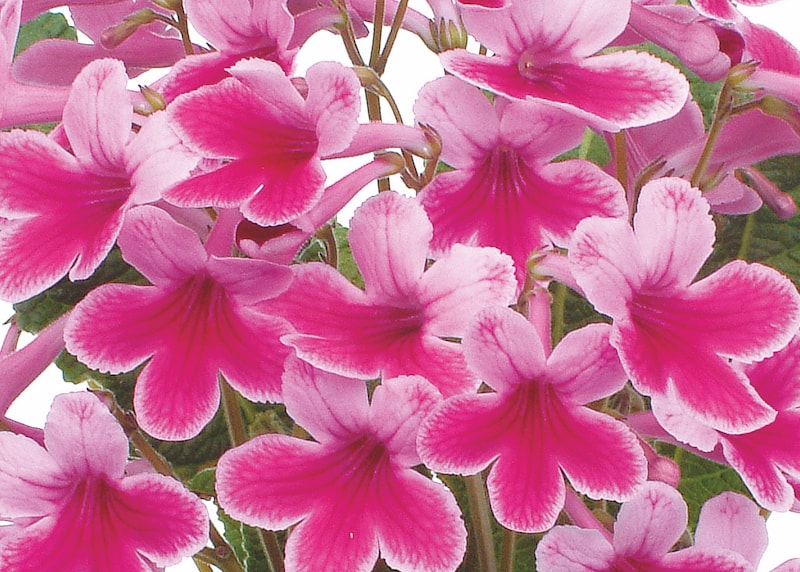
Image: Streptocarpus ‘Caitlin’ from Suttons
Recreating the native habitat of your Streptocarpus as closely as possible will help them to thrive in your home. Found on partially-wooded mountain sides in South Africa, they prefer dappled shade as full sun scorches the leaves and fades the flowers. They also like free-draining soil and will rot if their roots and lower leaves are kept too wet.
The ideal situation for Streptocarpus is a shaded conservatory (with good ventilation) or an east to west window sill. Water regularly from above or below, taking care not to splash the leaves and flowers. Only water when the compost is dry.
After a month of active growth when the roots have filled the pots, commence feeding every two weeks with a high potash fertiliser and continue through the summer. Feeding your plants will increase the number of flowers produced. As the blooms fade, cut them from the plants at the base, along with any old or damaged leaves which have lost their colour.
During the winter, reduce the amount of water provided and stop feeding. Maintain a temperature of approximately 10°C (50°F) and move your plants away from cold window glass if temperatures drop dramatically overnight where you live. Then, in March or April, gradually start watering more often and commence feeding again. Your plants should be moved into a slightly larger pot each spring, but don’t over-pot as this reduces flowering.
What are the best Cape primroses to grow?
There are so many different colours to choose from that you’ll be spoilt for choice. Here are just some of our new and most popular varieties to try at home:
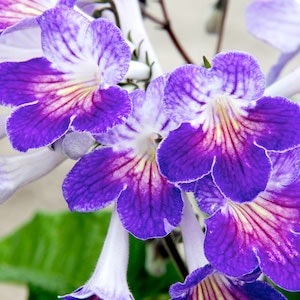
These very unusual violet-blue flowers fade into a white-yellow throat with a hint of orange at the base. Strong, upright stems hold the multi-flowering blooms in a tight bunch. Height 17-23cm (7-9″).
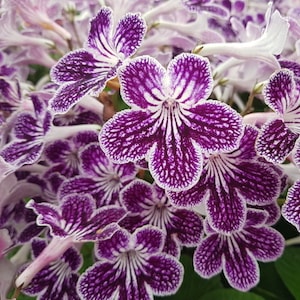
Streptocarpus ‘Polka Dot Purple’
Awarded second place for RHS Plant of the Year, the huge number of quality blossoms combined with such beautiful markings make this one of the best streptocarpus varieties we’ve ever seen. Flowers from May into early winter.
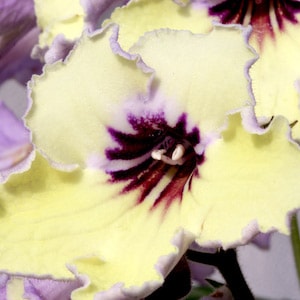
The brightest, zingiest Streptocarpus so far, the open face of these lemon-coloured flowers glow in the sunshine. Extremely floriferous, this plant produces many months of continuous blooms. Height 11-20cm (4-8″).

Pale pink when they first open, these flowers deepen to a darker colour after a couple of days. The throat is a strong yellow overlaid with 7 short purple lines. Flowering from March-November this elegant plant remains at a compact height of 11-20cm.
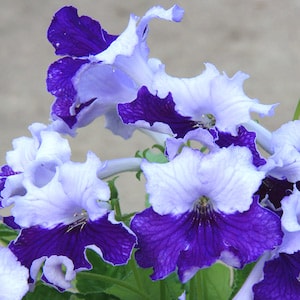
One of the longest flowering varieties, ‘Manon’ blooms from January to December. The ruffled edges of the upper lobes are violet-blue whilst the lower lobes are a deep violet. Height 11-20cm (4-8″).
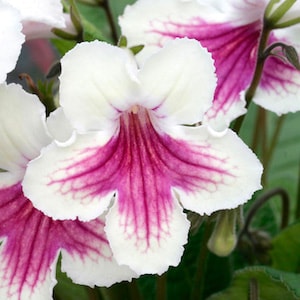
The clear white background of these petals provides a striking contrast for the magenta pink veins. This medium-sized variety flowers from January to December. Height 20-30cm.

Streptocarpus ‘Harlequin Blue’
This beautiful plant won the RHS Chelsea Flower Show Plant of the Year back in 2010. Still just as popular today, its delicate bi-coloured petals brighten up any windowsill or conservatory.

Dibleys Streptocarpus ‘Three Sisters’ is a unique variety that combines ‘Katie’, ‘Marion’ and ‘Matilda’ in one super plug. Providing a lovely array of colour, the flowers last from March-October. Height 11-20cm (4-8″).
We hope this answers all your questions about growing Cape Primroses and has provided plenty of inspiration for new varieties to try. If you love indoor gardening and want to fill your home with lush foliage, browse our full range of gorgeous houseplants to see what else takes your fancy.
Lead Image: Streptocarpus Plant ‘Three Sisters’ from Suttons
Last Updated on November 8, 2024 by Suttons Horticultural Team

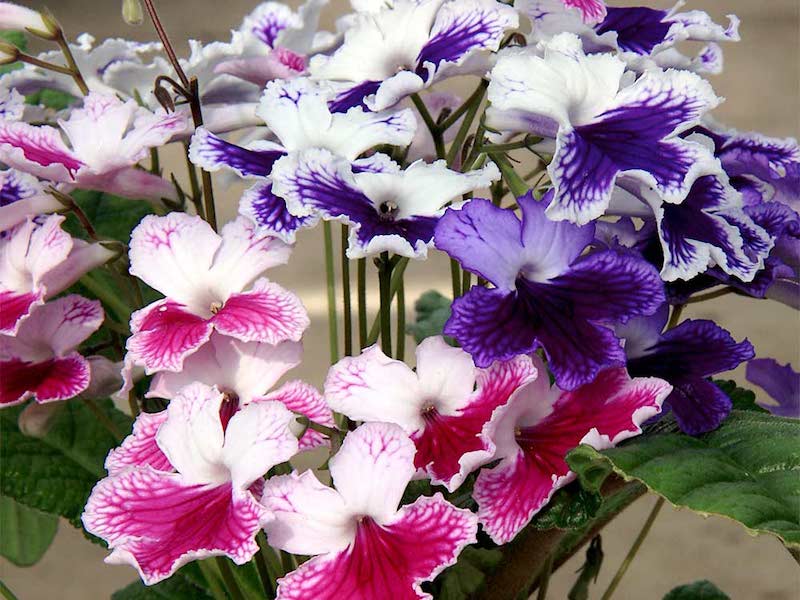

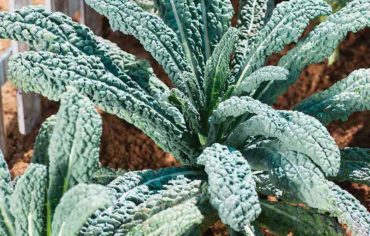

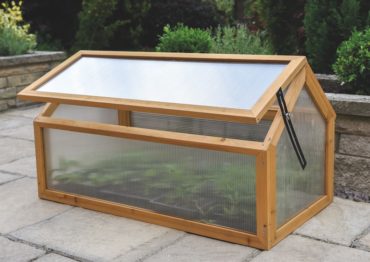
I found the information very helpful. Thank you, I am looking forward to nurturing and enjoying my Streptocarpus.
Thank you, this page was very helpful!
My streptocarpus is not doing well there is silvery trail on the leaves and leaves turning brown what is best to save them